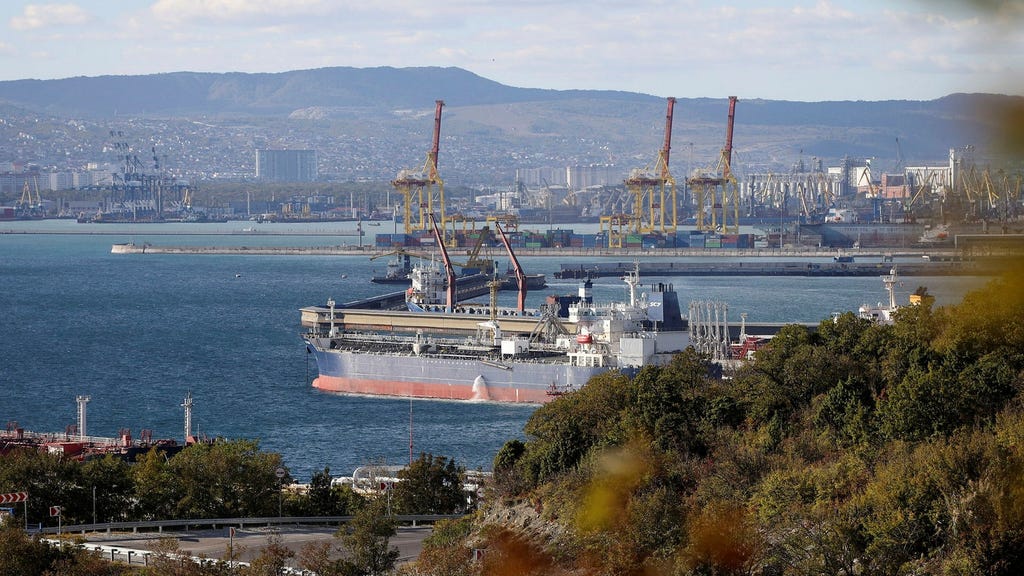The start of the new year marked a significant shift in the European energy landscape as Ukraine halted the flow of Russian gas transiting its territory. This move, while impacting countries reliant on these pipelines, comes at a time when many European nations have already diversified their energy sources, reducing their dependence on Russian gas due to the ongoing war. Austria, for example, had maintained its reliance on Russian gas longer than most but had proactively filled its storage reserves, declaring its preparedness for the Ukrainian pipeline closure in November. Conversely, Slovakia, another transit country for the pipelines, faces a substantial financial loss, estimated at around 5 billion kronor annually by its Prime Minister, Robert Fico, a figure known for his pro-Putin stance.
Fico’s reaction to the Ukrainian decision has been marked by vehement opposition, threatening retaliatory sanctions against its war-stricken neighbor. Following a meeting with the newly elected EU energy commissioner, Dan Jørgensen, Fico declared Slovakia’s intention to implement ”harsh measures” if Ukraine maintains its stance, arguing that the pipeline closure escalates intra-EU tensions. This strong response highlights the complex political and economic ramifications of the decision, particularly for countries like Slovakia that had retained closer ties with Russia. The situation further underscores the ongoing balancing act between supporting Ukraine and managing domestic economic concerns within the EU.
While pipeline gas imports from Russia have declined across much of Europe, the continent has simultaneously witnessed a surge in imports of liquefied natural gas (LNG), including a significant increase from Russia itself. Independent energy analysis firm Rystad Energy reports that 17.8 million tons of Russian LNG reached European ports in 2024, a 2 million ton increase from the preceding year. This surge propelled Russia to become the second-largest LNG supplier to Europe, trailing only the United States and surpassing Qatar, according to The Guardian. This development underscores the complexities of energy sanctions and the ability of Russia to adapt to changing market conditions.
This increase in LNG imports, according to Rystad Energy analyst Jan-Eric Fähnrich, represents a record high for Europe. He further notes that a portion of this imported gas is subsequently resold from Europe to other global markets. This creates a complex web of energy trade where Russian gas, albeit in liquefied form, continues to play a significant role in the global energy supply chain. The situation highlights the challenges of fully disentangling from Russian energy while still meeting global energy demands.
Until the end of 2024, a preexisting agreement between Ukraine and Russia’s state-owned energy giant Gazprom had facilitated the continued flow of Russian gas to Europe via Ukrainian pipelines. The termination of this agreement underscores Ukraine’s resolve to sever its energy ties with Russia amidst the ongoing conflict. While Rystad Energy’s figures highlight a substantial increase in Russian LNG imports, the Centre for Research on Energy and Clean Air (Crea) provides a slightly different perspective. While their analysis also points to a significant rise, they estimate that EU countries purchased approximately 75 billion kronor worth of Russian LNG in 2024, directly contributing to the Kremlin’s coffers.
This influx of Russian LNG into Europe, despite the ongoing conflict, presents a dilemma for the EU. While the bloc has committed to phasing out fossil fuel imports from Russia within two years and has imposed a ban on reselling Russian LNG to non-EU countries starting in March 2025, the current surge in LNG imports suggests a potential loophole in the sanctions regime. Rystad Energy analyst Jan-Eric Fähnrich speculates that this record-high import volume may be driven by anticipation of the impending ban on reselling Russian LNG. This highlights the challenges of effectively implementing sanctions and preventing unintended consequences.














